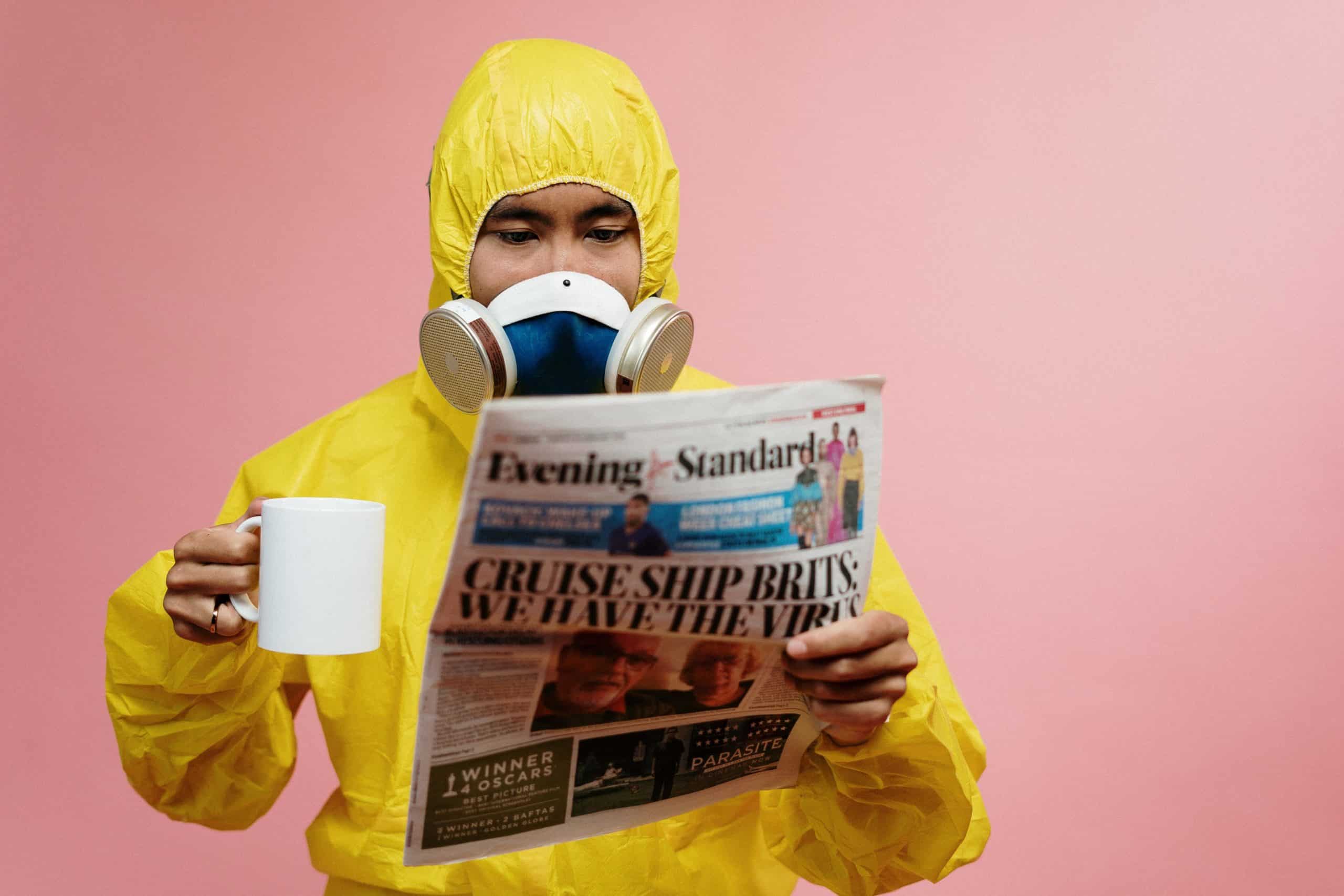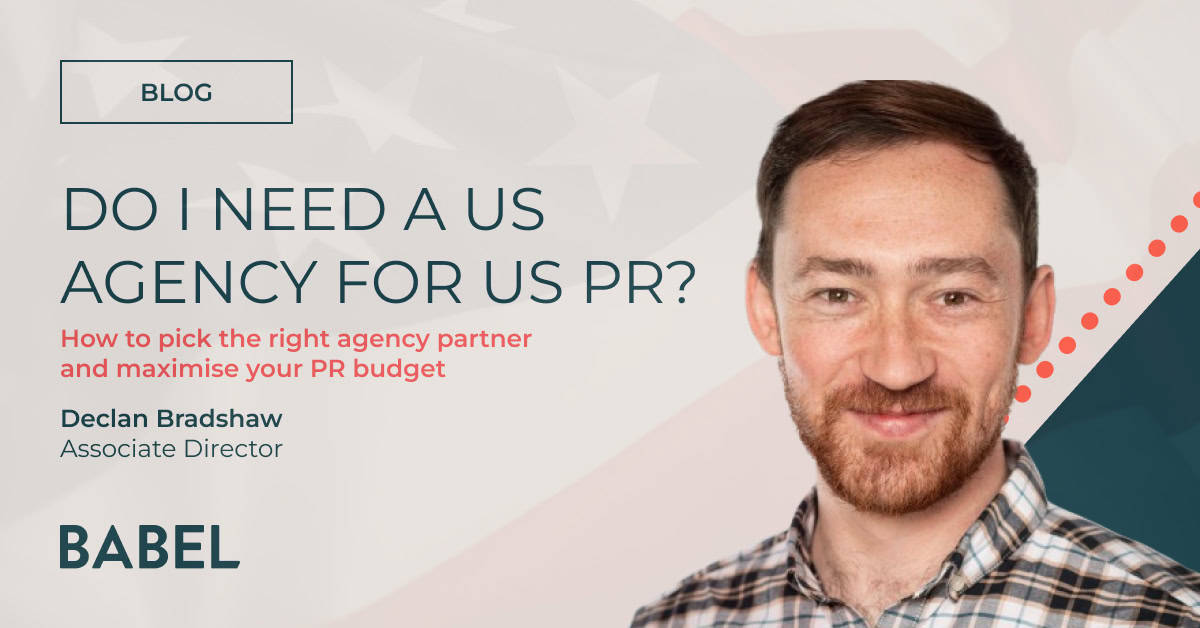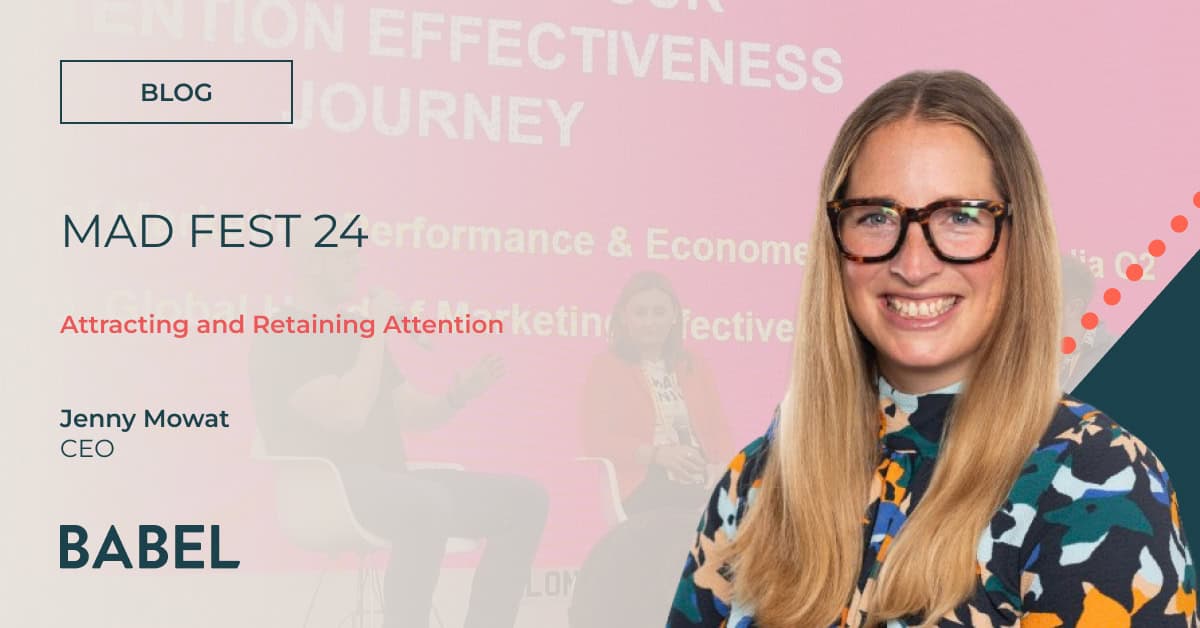
Top PR trends: covid communications
I’ll skip all the ‘new normal’, ‘seismic changes’, ‘plunge new depths’ chatter. We know 2020 has transformed the way most industries operate, and PR is no different. Clear, accurate, timely communication – between government and the public, Westminster and local authorities, MPs and journalists, services and service users – has been critical. However, the ability of these parties to convey the right message at the right time has come under intense scrutiny.
Not all have fared badly. Brands have made the most of consumers who are locked down and locked into social media, and utilised digital channels to push their messaging. Changes in working and daily life mean that others have needed to do little in terms of a PR and marketing push. When was the last time you saw a soundbite from the Zoom C-suite for instance? Or noticed any kind of revamp of its website (the pixelated images of office workers in an ‘old normal’ environment are still there, by the way)?
Traditional forms of PR and communications have continued, but at the same time we’ve seen brands experiment with new means of conveying messaging. We’ve picked five PR trends of the past nine-ish months.
Covid: creative opportunity vs cultural sensitivity?
Covid upended business operations, ways of working, distribution models, supply chains. Almost overnight, many brands found that their raison d’etre simply no longer existed. Gyms were out of bounds, planes were grounded, dating was banned.
Companies were forced to think quickly, or be forced out of their particular market. This involved re-evaluating positioning and, for some, their underlying business model. As a result, we saw creative and colourful campaigns, as well as a few quick pivots by firms that feared pre-2020 messaging would appear insensitive to today’s covid-affected culture.
IKEA, as famous for its in-store restaurant meatballs as it is for its flatpack furniture, released the secret recipe for the dish to allow beef-on-a-budget fans to recreate the delight at home.
KFC, on the other hand, ‘paused’ its Finger Lickin’ Good slogan, saying that it in the current climate it ‘doesn’t feel quite right.’ Dropping a motto that’s been around for over 60 years may seem like an embarrassing blow for the brand. But, rather than playing chicken, KFC used it as a PR opportunity, naming itself the winner of the ‘award for the most inappropriate slogan for 2020.’
Slogans go from cringey to critical
Once associated with radio jingles and cringey ad campaigns, slogans made a comeback during the pandemic. In the UK we were first told to ‘Stay at Home’ to ‘protect the NHS’ and ‘save lives.’ Then we had to ‘Stay alert, control the virus, save lives.’ More recently, it’s ‘Hands, face, space.’ The French government took a similar tact with (roughly) ‘Save lives, stay cautious’. Spain meanwhile opted for ‘United, we will stop this virus.’
Using short, snappy, and memorable catchphrases were the best way of communicating to a diverse public, en masse, so governments thought. Well, so most governments thought. Never afraid to be an outlier – whilst ensuring the utmost in conformity from its public – China opted for a raft of slogans including, reportedly, ‘Returning home with your disease will not make your parents pleased/infecting mom and dad proves you have no conscience’; ‘Those who don’t report their fever are class enemies hiding among the people’; and ‘Visiting friends and relatives is a mutual slaughter/ partying is looking for death.’
Speed at the expense of accountability?
We know that during a pandemic, speed is essential, and messaging needs to be developed and disseminated quickly. However, doing things at speed isn’t an excuse for cutting corners and disregarding necessary red tape.
The UK government didn’t seem to get this particular message. In August it was revealed that comms company Topham Guerin had been given a £3 million deal to work on covid messaging, without the government conducting the usual tendering process. This wasn’t an illegal move – emergency regulations were in place that permitted the government to forego ordinary competitive practices. However, it wasn’t a particularly ethical one either. Topham Guerin has numerous insider links to the Conservative party and has, according to reports, ‘worked on huge propaganda campaigns for CTF Partners, run by the Tories’ long-term strategist Sir Lynton Crosby, on behalf of clients including major polluters, the Saudi Arabian government and anti-cycling groups.’
Emergencies shouldn’t be used as cover to shoo in dodgy PR deals by the backdoor. It’s a trend that gives PR and marketing a bad name and one we hope won’t stick around.
Brands turn do-gooders: for communities and for themselves
In the initial months of the covid-19 outbreak, there was a sense of national responsibility and an understanding of the role of individual action in doing good for the wider community. From clapping for the NHS to helping neighbours with shopping, we all did our bit. Brands too jumped on this opportunity.
Campaigns varied from symbolic gestures to donating cold hard cash and man hours. The Royal Opera House opted for the former, lighting up its arcade every Thursday as a tribute to NHS and key workers. The arts sector has been hard hit by prolonged closures, so its perhaps unsurprisingly that the historic institution chose to do something which served as much to boost its own visibility than it did the work of essential service personnel.
The NHS was a key focus point for brands’ do-good campaigns. Deliveroo, for instance, asked customers to donate money or purchase food directly for NHS staff via the app, as well as offering meals free of charge for these workers. BrewDog started producing hand sanitiser at its Scottish brewery, which it donated to the NHS and local charities. Cadburys was also quick to respond to shifting demands, making changes at its factory to enable the production of components for safety visors to medical staff.
While we don’t want to detract from the good work that brands have been doing, it should also be remembered that the ‘good’ is rarely felt only by the publicised beneficiary. The NHS was an easy beneficiary for brands to pick it’s a well-loved institution and the need/delivery is easy to understand. And yes, the NHS got free meals/hand sanitiser/visors, but the brands in question also got some decent publicity.
As we head into 2021, it’ll be interesting to see what kind of CSR work these brands promote.
Brands get in with influencers
Kids off school, workers on furlough, and a nation in lockdown: a captive audience wiling away the time on social media. This scenario, plus shrinking marketing budgets, meant many brands turned to influencer marketing.
Clothing brand Lululemon, for instance, tried to remain relevant to consumers despite store closures. Tactics included posting daily live streams via Instagram with brand ambassadors and launching online sports challenges – all in a bid to increase its online community and sell itself as a lifestyle brand what isn’t rooted simply in bricks-and-mortar.
Even the UK government took the influencer strategy, paying social media influencers to promote the Test and Trace programme. A number of stars from the reality show Love Island were paid to create posts promoting the service, accompanied by hashtags #gettested and #letsgetback.
At Babel, we’ve observed these – and other – PR and communications trends, and adapted our own approaches in response. We’ve set up a virtual events service offering, for instance, to support brands in communicating their messaging effectively to digital audiences. If you’re interested in finding out how we’re supporting brands get seen and heard (through covid and beyond!), please don’t hesitate to get in touch.





